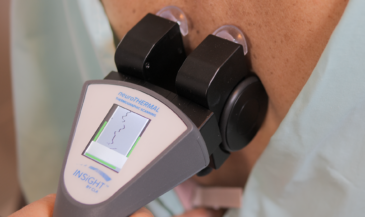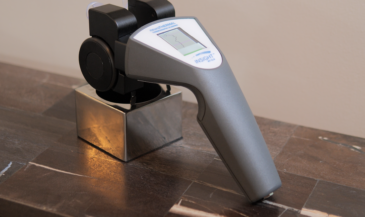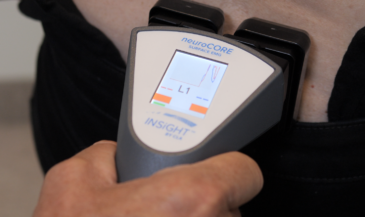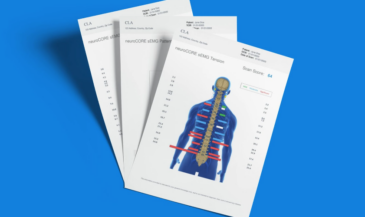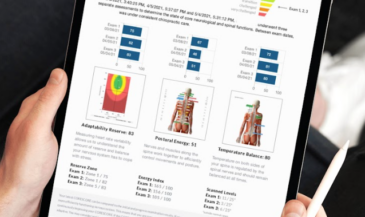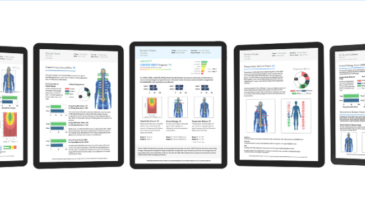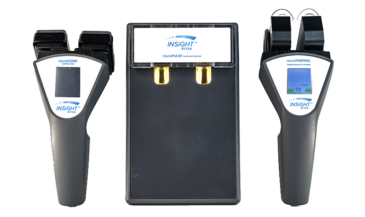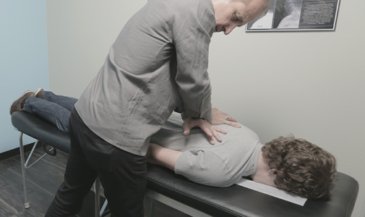Your core values go far beyond managing symptoms and your patients value a life without symptoms but also a safe and healthy future. They dream about untapped potential and performance. Focus on that and all else follows.
Let’s dig in on the practical side and discuss the four CORE steps to creating a rock solid care plan.
CORE 1: The Scout’s motto: “Be Prepared”
We’ve all done it. Best intentions and a busy practice can lead to a hastily thought out care plan that isn’t customised to the actual needs of the patient in front of you. The assessment and objective test results are the basis of a neuroplastic care plan. You need to look at how DEEP the problem has embedded itself in the neurology and the structure. Remember, this is not simply a chance to provide therapy to a symptom but the basis of how well they will live their lives from this point forward. Your patients live their lives through their nervous system.
What does DEEP sound and look like? Listen and look for FUNCTIONAL changes and loss of wellness markers. Symptoms are typically the tip of the iceberg. Some points to consider are heavy medication use, past injuries, toxic diets, altered sleep and emotional distress. These are the clues that will move your planning and expectations from weeks to months and even years in the care planning process.
CORE 2: The Vital Metrics: Nerve First
Neuroplastic care planning focuses on the nervous system! The vital metrics in a chiropractic care plan need to shift away from a Spine First approach to the Nerve First approach. The care plan is designed around releasing older habits within the nervous system that have impaired its ability to adapt, maintain postures and regulate the body’s internal environment. The metrics behind all of these functions can be measured by INSiGHT scanning technologies. When the neuroPULSE (HRV) data is combined with the neuroCORE (sEMG) and neuroTHERMAL scans, a CORESCORE is created. This neural efficiency index rates the nervous system’s efficiency and performance. Achieving a combined score from these 3 technologies above 80 is the initial goal when care begins.
Each of the scanning instruments generate vital data and metrics that are used to refine the frequency of adjustments. Remember, the initial visits are critical to establish RELIEF and RELEASE and so neuroplastic care planning is based on the Rule of 12.
The first 12 visits, in fast succession, are the beginning of an intensified 12 week program. This frequency and duration is essential to start to gain back control in a deeply subluxated system that registers less than 80 on the initial CORESCORE.
CORE 3: Rule of 12 defined: The 12-12-12 sequence
Of course the initial12 visits are a golden time where change can be apparent. However, the power of chiropractic relates to the reprogramming of the nervous system while improving the function and performance of the structural core over extended time frames. The principle of care planning is centred on achieving a “new normal” with a CORESCORE well above 80.
To understand this process we have to look at the 12-12-12 strategy.
Your commitment to watchful and progressive care is to reassess and report after every 12 visits. The initial 12 weeks of care may have up to 4 exams within it depending on the frequency of care being daily or 3 times weekly. Regardless, the most important aspect of care planning is to create signposts along the journey which are the re-exams and reports.
The CORESCORE is designed to be reported after the INITIAL, PROGRESS and COMPARATIVE exams with new information and detailed objective findings.
Once the release and relief of early care has occurred in the first 12 weeks, the goals change towards reorganisational healing which is a longer dedicated process to challenging the system to become more efficient and stable.
This can be structured over months and can be accomplished with a lesser frequency if the CORESCORE remains above 80. A CORESCORE at or above 80, on a continuing basis, means that the client has achieved a high level of neurological performance and stability but there is still much room to continue improving. The next goal is to achieve a CORESCORE in the range of 85-90 which represents a combination of regular chiropractic check ins combined with a wellness lifestyle.
Using the Rule of 12-12-12 begins by getting the patient focused on their first 12 visits of the 12 weeks of intensified remodelling of their nervous system and spine. The neuroplastic care plan must always discuss the expectation of what a full 12 months of continuous and progressive chiropractic care can offer.
Remember, there is no race to the finish line. Each step is a step along the journey to a life full of expression.
CORE 4: The Concierge Close
The frequency and repetition of visits are like a map that must be followed. Everyone knows that a guide or trusted advisor is an essential part of the ultimate experience. I liken this to having a concierge who is ready to assist. As part of the care planning offer, the concierge need not be a specific person but rather the procedures and added support tools that you organise in your office. For example, a team member can set the schedule at convenient times and arrange convenient pay models to accomplish the recommended care plan. Added online or in-person educational services are discussed and are strategies that add on to the experience like supplemental training or products. A concierge mentality is made to be evident in every aspect of the care plan because your care planning skill set is a reflection of your intention and dedication to the patient’s well being and your reputation as a trusted and skilled Chiropractor.
Using the four CORE elements brings neuroplastic care planning to life.
Given that a care plan is the basis of your business and a reflection of your personal values and intention it only makes sense to dedicate the time and energy to streamline and refine this process.
CLA is seen as the leader of the neuroplastic care planning movement because of its dedication to chiropractors and the development of the INSiGHT scanning technologies. This 3 part Blog series was created to catch your attention and get you thinking and planning about care plans as a key element in providing the best care possible for your patients..
– Dr. David










